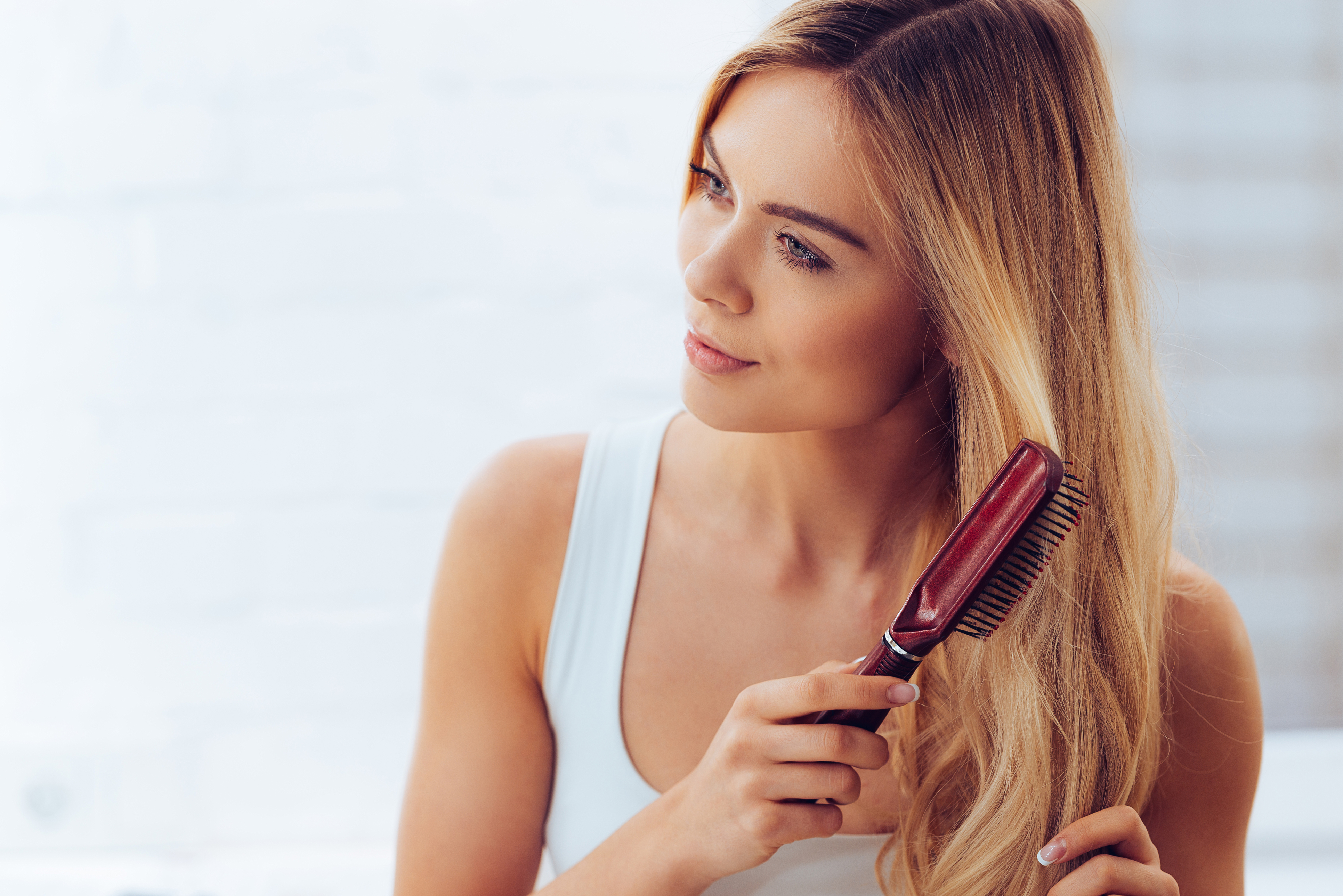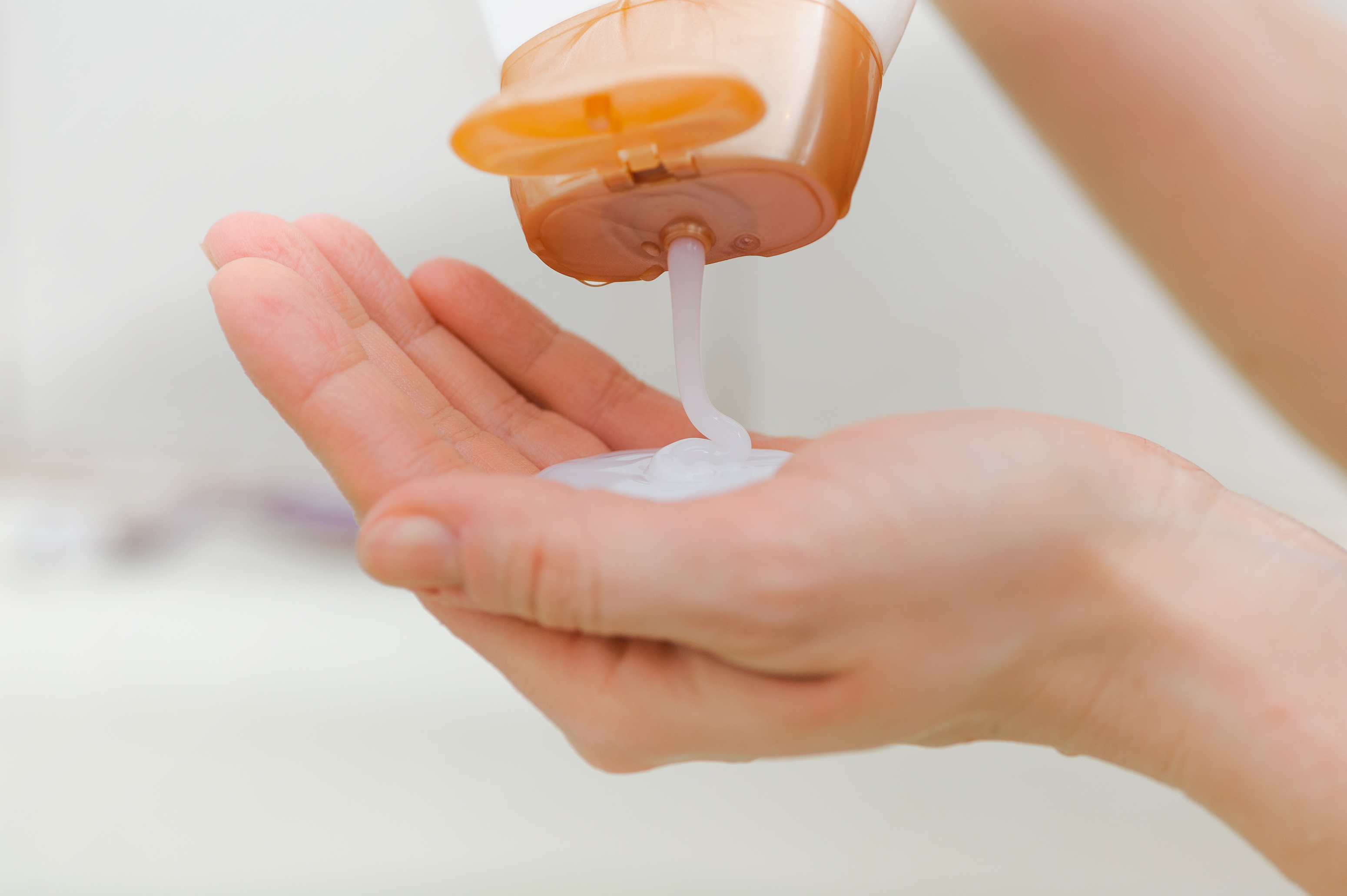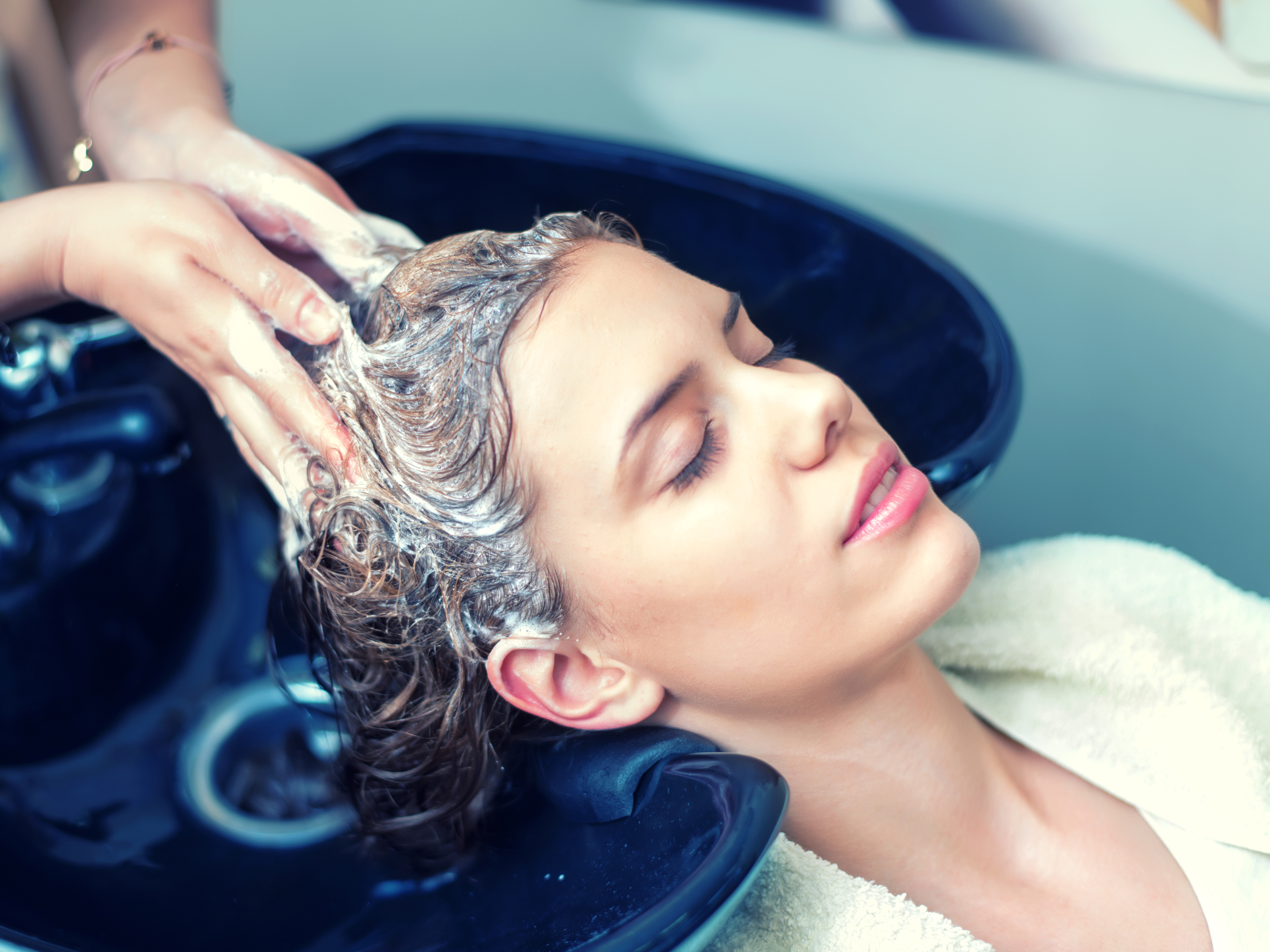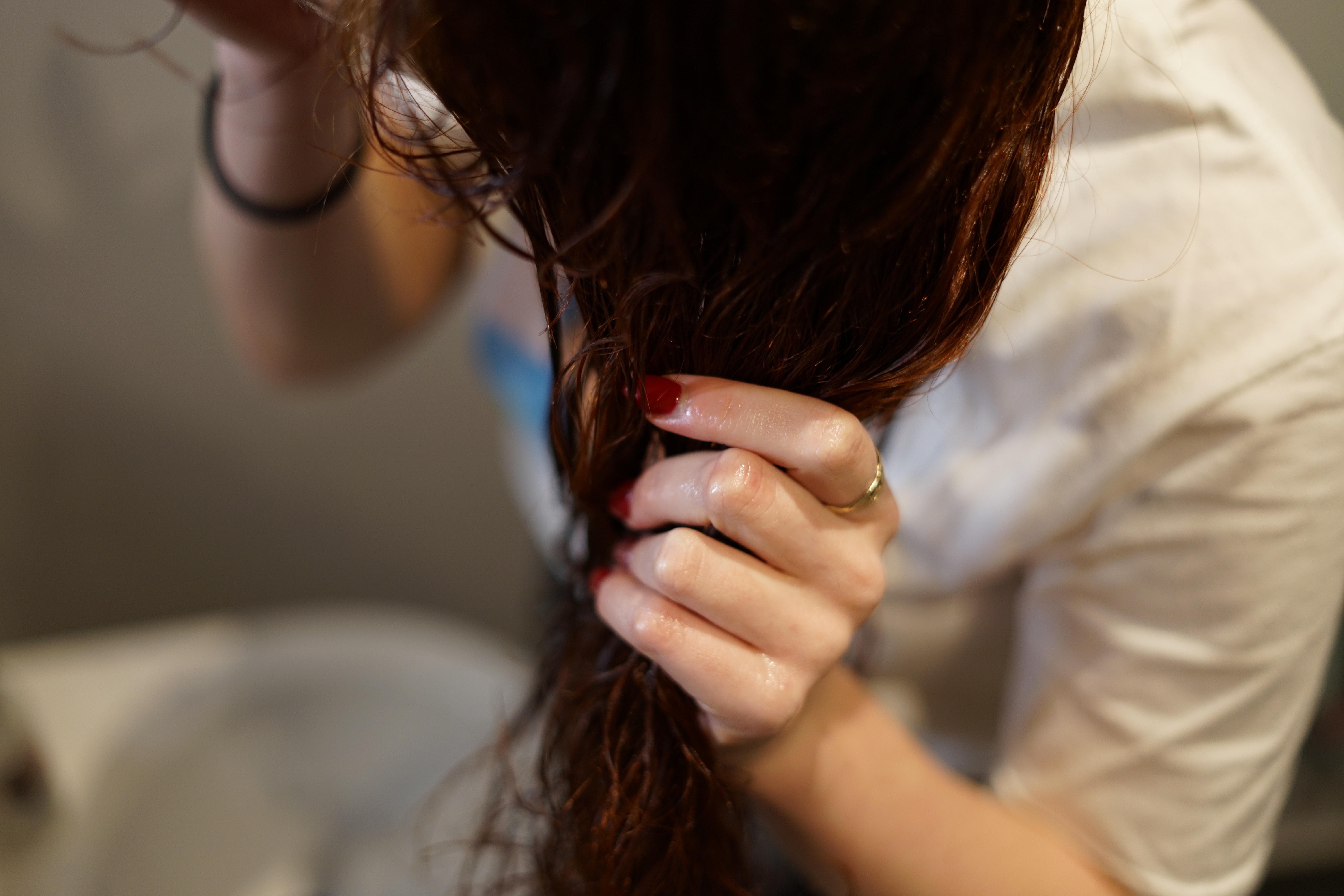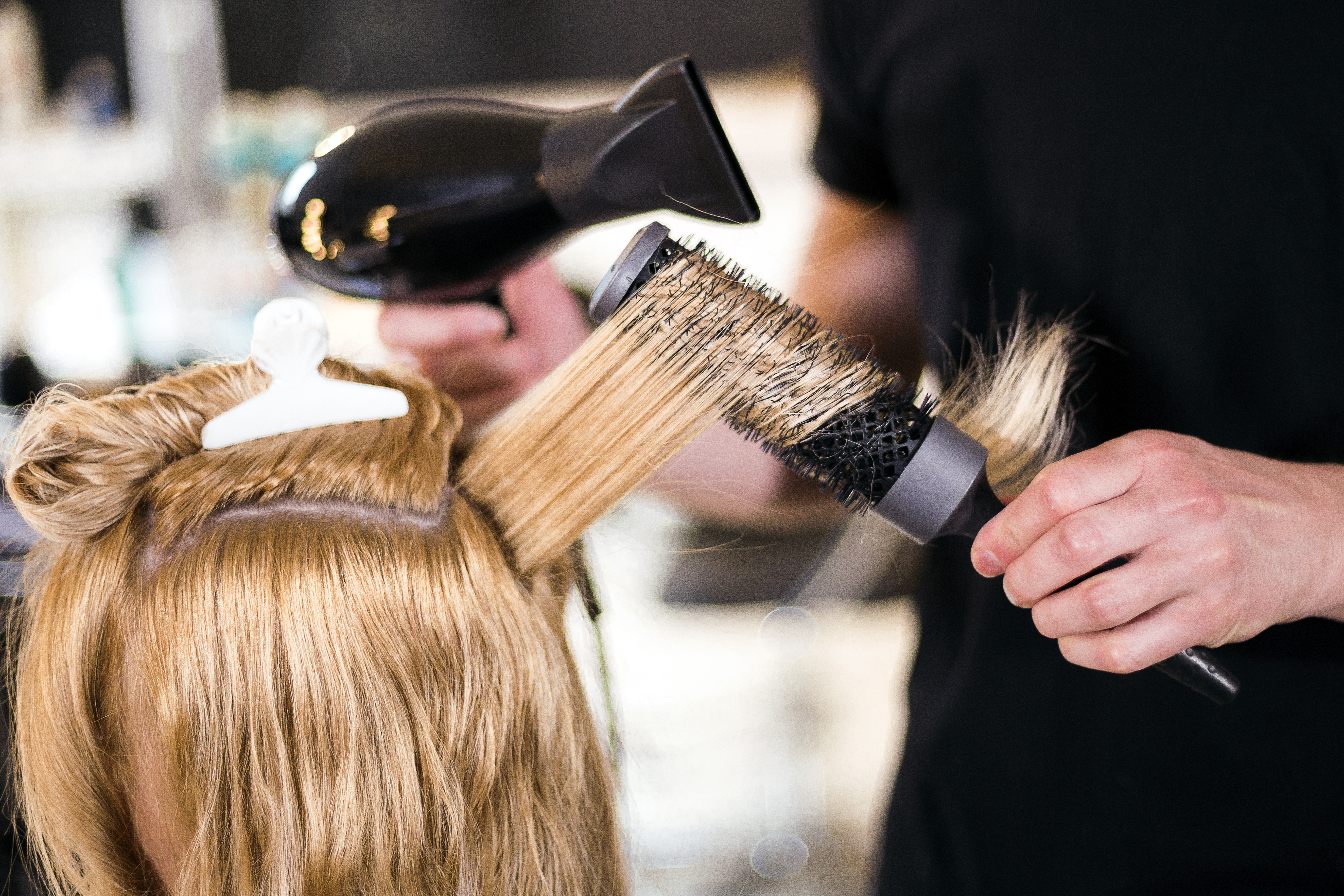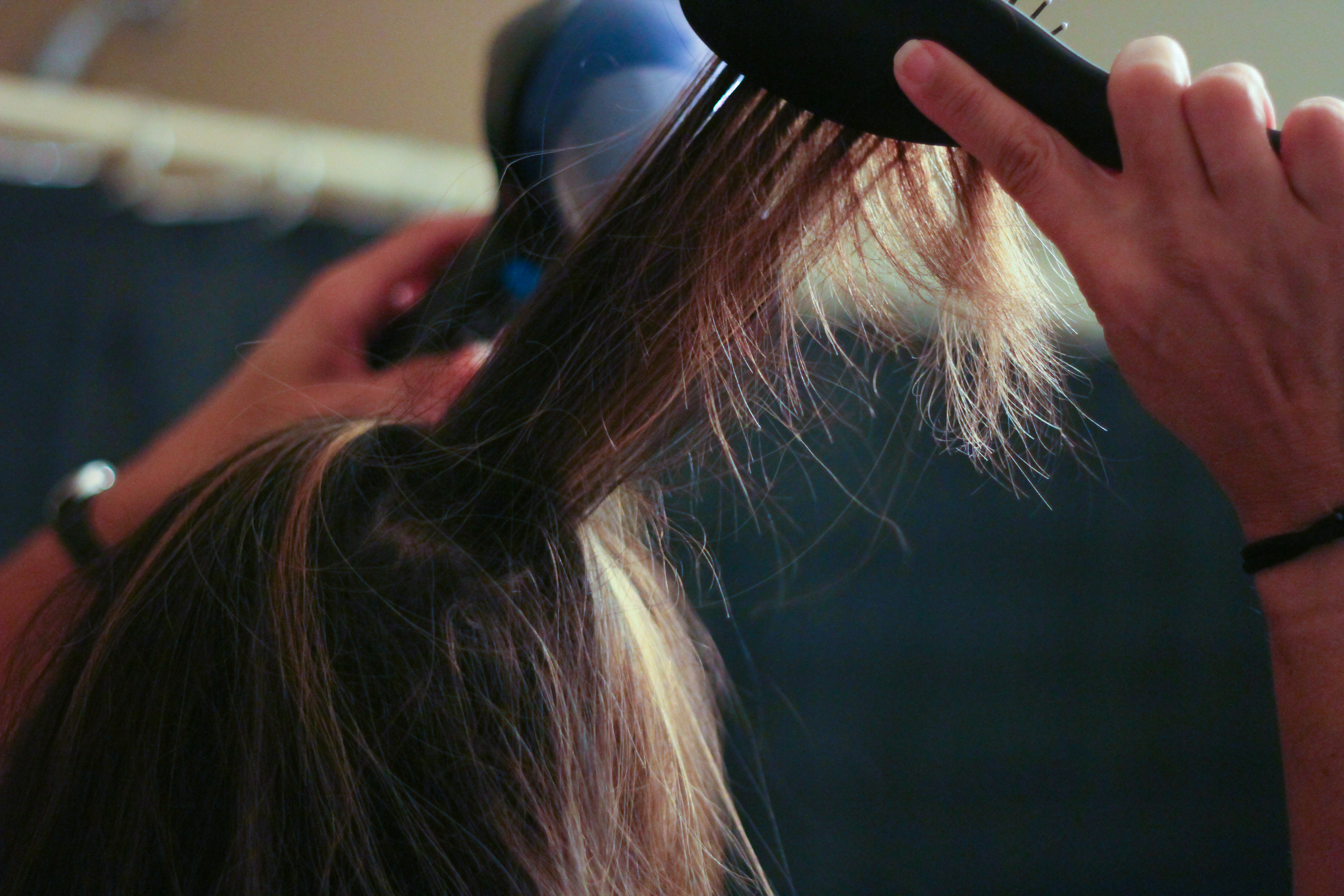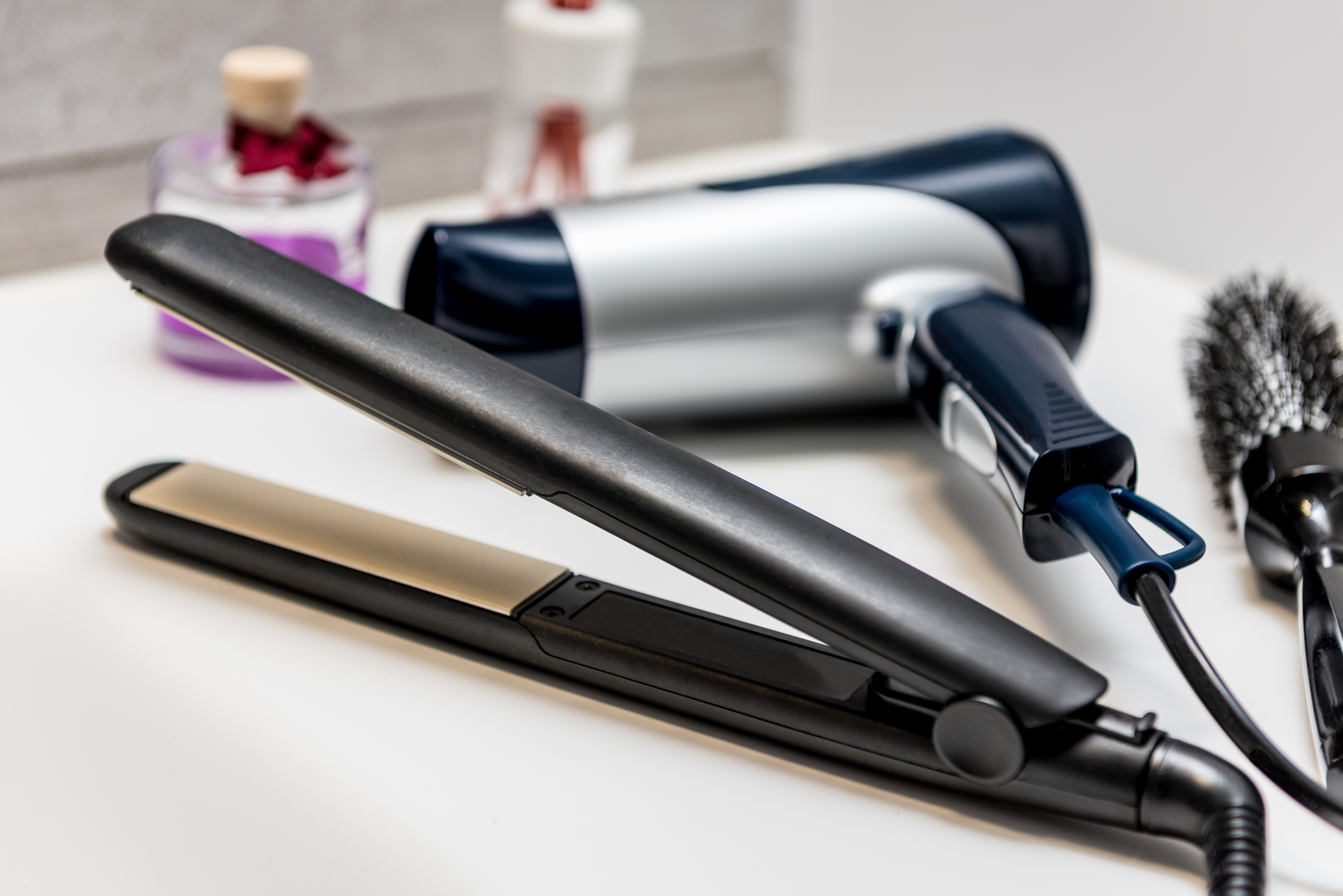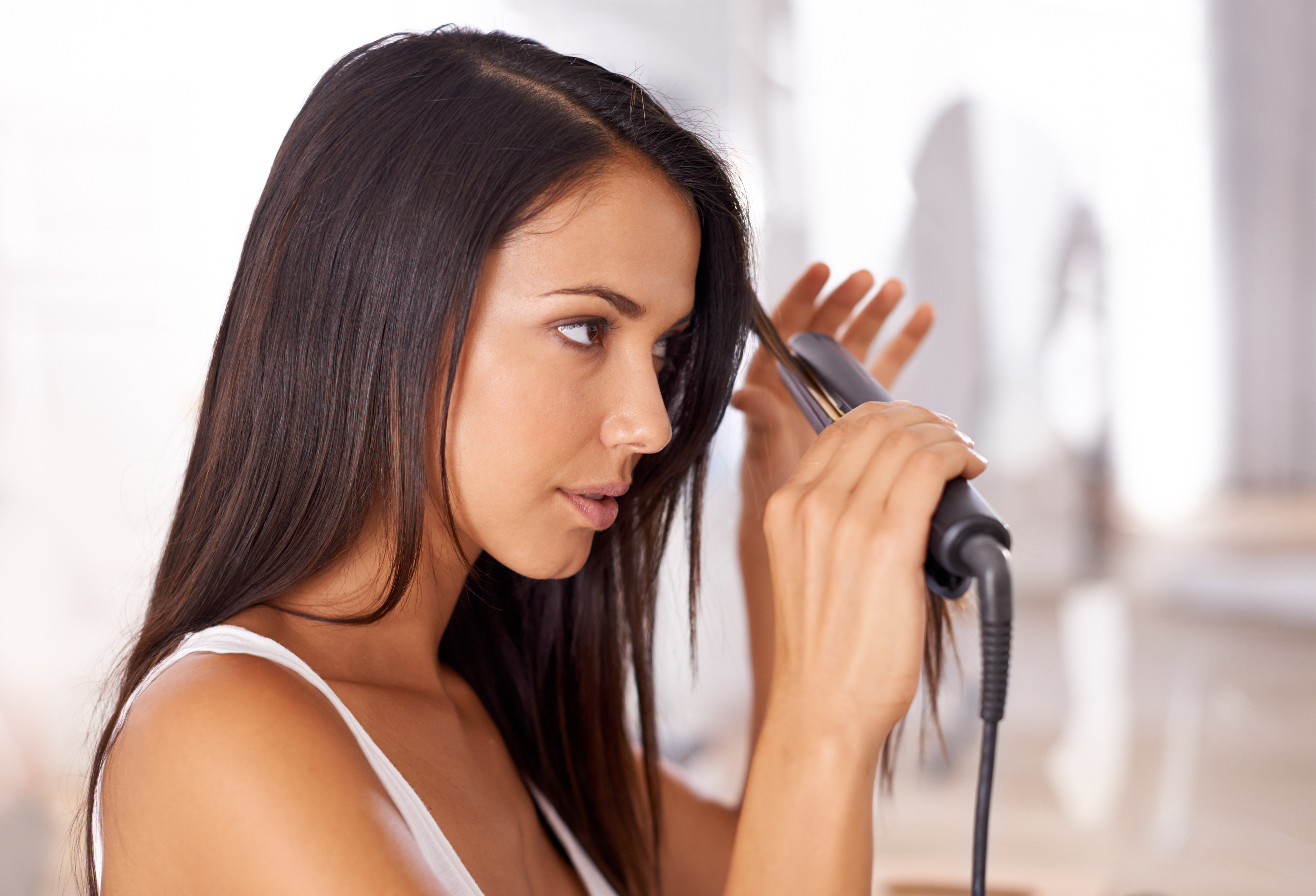All it takes is a few scrolls through Pinterest and you’re bombarded: You need to be using witch hazel right now! Witch hazel could change your life!
While dabbing a little bit of this naturally-occurring astringent on your acne doesn’t exactly rank up there with weddings, births, and funerals on the “life changing” charts, there’s no question that witch hazel—a centuries-old wellness pick—is making its way back into our wellness routines, and for good reason. The uses for witch hazel are numerous, and as scientists and skincare junkies alike are finding promise in natural remedies for everything from acne treatment to easing inflamed skin, it makes sense that witch hazel is topping the list of favorite ingredients.
But before you hit the drugstore (or Amazon) for a bottle of holistic astringent, is witch hazel the right fix for what ails you? Wondering what the top uses for witch hazel are?
We talked to the experts about the good, the bad, and everything in between!
First of all, what is witch hazel?
Witch hazel has gained its spot in the zeitgeist in no small part because many of us are trying to ditch beauty products with ingredient lists chock full of complex chemicals we can hardly pronounce and move toward more natural options instead.
In 2015 alone, natural beauty lines grew by by 7 percent in the U.S., compared to a 2 percent rise in the overall beauty market that same year, and natural wellness options are only expected to become more of a presence as time goes on.
The good news if you’re after holistic remedies: It doesn’t get much more natural than witch hazel. That’s because the liquid isn’t cooked up in a factory. It’s actually derived directly from the witch hazel plant.
Common witch hazel or American witch hazel is actually a large woody shrub or tree, Dayna Valenti-Gaeta, community horticulture program coordinator at Cornell Cooperative Extension in Sullivan County, New York, tells HealthyWay. Dubbed Hamamelis viginiana, the tree is native to the eastern half of North America, and you’ll find them growing out in the wild anywhere from Quebec down to Texas and Florida.
“It is found in the understory, in areas where there is acidic soil (near pine, oak, maple, hickory, and wild blueberries) and part sun/light shade,” Valenti-Gaeta explains. “The shrub/tree can grow to about 15 to 20 feet tall and wide.”
What Science Says About the Benefits of Witch Hazel
“Witch hazel has been used extensively throughout history,” says Tanya Kormeili, MD, a board certified dermatologist from Santa Monica, California. “It contains chemicals called tannins, which can help with inflammation, to reduce swelling, help repair broken skin, and fight infections such as bacteria. ”
It’s not just years of use that points to witch hazel’s effectiveness, either. Scientists have dug into whether or not witch hazel is therapeutic, and the results have been largely positive. In one study out of Kingston University, London, for example, researchers observed “significant” anti-inflammatory effects of witch hazel. That study was funded in part by Neal’s Yard, a British company that sells organic natural health and beauty products, but researchers declared no competing interests and the potential uses of witch hazel (and proof of it working) don’t end there.
Another study published in a 2007 edition of the European Journal of Pediatrics determined that hamamelis ointment, a product made with witch hazel, is an effective and safe treatment for minor skin injuries, diaper dermatitis, or localized inflammation of skin in children under age 11. Yet another study that dates back to 1998—when it was published in the journal Dermatology—shows the effectiveness of a lotion made from the witch hazel plant in treating redness of the skin.
In light of these and other studies, it’s clear witch hazel has a wide variety of scientifically legitimated uses. Ultimately, according to celebrity facialist Ildi Pekar, it’s the versatility of witch hazel that makes it so popular.
Witch Hazel Uses You Should Try
1. Treat acne.
Witch hazel is a naturally occurring astringent that constricts blood vessels, which in turn reduces swelling and inflammation. When used as a toner, witch hazel can reduce inflammation caused by acne and decrease excess oil. Using a formula made without alcohol won’t give you the overly dry, tight feeling some people have come to expect of alcohol-based toners.
Pekar suggests using witch hazel after you wash your face to help further clean the skin topically from bacteria and reduce inflammation associated with breakouts you may be experiencing. Grab a cotton ball, soak it in the liquid, and swab your most acne-prone areas.
“It can be a little tricky because there are different forms of acne, and some may not benefit from alcohol in witch hazel,” she warns, in which case she recommends using a mineral-rich toner instead.
2. Soothe sunburn.
Need to take the sting out of that sunburn? Add a few drops of witch hazel to a squirt of aloe vera gel and smooth the concoction over your skin. The aloe will cool you down while the witch hazel will work on the inflammation. Some burn ointments even mix the two, so check your labels: You might find a two-for-one deal in the drugstore aisles.
[related article_ids=1001303]
3. Remove make-up.
Put down those expensive, disposable make-up removing sheets and grab a washcloth or paper towel that’s been soaked in witch hazel instead. The tannins in witch hazel can help dissolve debris and oil buildup on the skin according to Anca Tchelebi, MD, a dermatologist at Park Avenue Medical Spa in Armonk, New York.
4. Take the puffy out.
If you’ve been crying, suffering through allergy season, or didn’t get enough sleep, run a cotton pad soaked in witch hazel over your puffy eyelids (making sure to keep your eyes closed to avoid irritation). The astringent in witch hazel helps to constrict the blood vessels, Tchelebi says, which will help return your eyes to their less-puffy state. Some products, like the Detox Eye Roller from First Aid Beauty, package that witch hazel hit right into a roller to ensure easy application.
5. Take the sting out of hemorrhoids.
If you’ve tucked into a box of TUCKS pads to get some relief from the burning and itching of hemorrhoids, you may have noticed the brand boasts its active ingredient is—you guessed it—witch hazel.
If you’ve ever heard of models and big stars using these medicated pads on their faces, well, now you know why! The witch hazel is what helps bring down puffiness in the face, making them red carpet–ready (and you ready to face the day).
6. Alleviate postpartum pain.
You can use those same TUCKS pads to get after-birth relief. Seriously. Keep your pads in the freezer, pull one out, and gently dab your undercarriage when the stinging is too much. You can also soak a giant maxi pad in alcohol-free witch hazel and freeze it before use. Stick it in the mesh underwear you get at the hospital and you’ll feel instant relief.
7. Take the itch out of bug bites.
Witch hazel is said to have been used hundreds of years ago to soothe the itch of mosquito and other bug bites, and that hasn’t changed. A little dab’ll do ya for this treatment. Resist scratching and allow the tannins to tackle the inflammation and cut down on the reaction to the allergens left behind by an insect’s bite.
8. Coax an ingrown hair out from under your skin.
If you get painful red bumps on your bikini line after you’ve visited your waxer, you may have ingrown hairs that are trying to make their way out of the skin. Kormeili tells us you can use witch hazel to treat these spots.
The witch hazel will both relieve the inflammation and help kill the bacteria that’s causing it, allowing the trapped hair to work its way to the surface. Apply once a day to the bump, allowing the witch hazel to air dry.
Witchy Myths: The Witch Hazel Uses That Don’t Work
It sounds like witch hazel is a miracle of nature, doesn’t it? Maybe those Pinterest headlines aren’t exaggerating, after all.
And it’s true: Witch hazel is amazing.
But there are a few popular “101 witch hazel uses” pins you may come across that you’ll want to avoid according to dermatologists.
The biggest offender on these lists? No matter what you’ve read, there is no such thing as “natural” sun protection, and using witch hazel in place of sunscreen is absolutely not going to keep you skin cancer-free, so don’t even bother.
“Some witch hazel enthusiasts claim that due to its antioxidant and anti-inflammatory properties witch hazel can be applied to the skin before sun exposure to prevent sunburn or after sun exposure to prevent sun damage,” Tchelebi says. “This is complete junk science, and as a cosmetic physician who sees the devastating effects of sun damage on the health and appearance of people’s skin, these types of claims make me go crazy!”
While witch hazel might help soothe your sunburn, it will not protect you from the sun’s damaging rays, and what you do with it afterward will not reverse any damage that the UV exposure has done to your shoulders, chest, face, or any other skin.
“I would advise my patients to rely only on sunscreens containing both UVB and UVA protection to protect their skin from the damaging effects of the sun,” Tchelebi says. In other words: You should never rely on witch hazel for sun protection. Stick to sunscreens that are well-rated and scientifically-backed.
Another sobering reality for those who tout the endless uses of witch hazel? Even the promises of inflammation fighting and bacteria killing can come with a dose of reality for those with sensitive skin according to Kormeili.
“ Some patients are very allergic to this plant,” she warns. “Sometimes when applied to open sores or skin it can cause severe irritation as well.
Like most wellness routines, it’s always good to consult with your doctor before adding witch hazel to your arsenal. They may advise you test a small patch of the skin before using it in larger quantities just so you can see if your skin reacts negatively. They may also say you’re not a candidate for witch hazel use based on past skin issues.
Then again, it may get a thumbs up from your doc, in which case it’s time to scope out the best product for your needs!
Witch hazel should you use? Go for the good stuff.
Of course, even if you’ve gotten the all clear from your doctor to use witch hazel in your skincare routine, you want to make sure the witch hazel you buy (or make!) is the best product for your skin and desired usage.
As one of the only medicinal plants approved by the Food and Drug Administration (FDA) as a non-prescription drug ingredient, there’s a plethora of witch hazel options on the market, and all of them claim to be the best. So how do you choose?
There is no regulation from the FDA regarding how much pure plant witch hazel goes into a bottle, Kormeili warns, so you need to read ingredient labels carefully. Many witch hazel solutions on the market are largely alcohol or formaldehyde.
Because alcohols can be drying and irritating, it’s best to steer clear of these products. It’s also important to check labels for the inclusion of “fragrance,” which can cause allergic reactions—especially for people with sensitive skin.
Wondering which witch hazel products we love to use? Here are our witch hazel recommendations:
Thayer’s Original Witch Hazel Toner
This alcohol-free toner is made with aloe vera so it will act as an astringent on acne-prone areas without drying you out or leaving your skin irritated. Use this cult fave toner on a clean face to tighten your pores and refresh your skin. It comes in plenty of scents: original, rose petal (our favorite!), lavender, lemon, cucumber, and even an unscented variety.
Ahava Witch Hazel Hand Cream
If your hands are feeling tight and dry, use this witch hazel cream to soothe and heal them. Since witch hazel is naturally anti-inflammatory, it can calm ongoing issues. Plus, Ahava claims the Dead Sea minerals in the cream “help restore essential moisture.”
Herbivore Rose Hibiscus Coconut Water Hydrating Face Mist
This face mist is the perfect addition to your skincare routine. Incorporate it between using your cleanser and applying your moisturizer. The coconut and aloe leaf waters will moisturize while the witch hazel will tighten your skin.
Dr. Jart+ Water Replenishment Cotton Mask
Who doesn’t love a good face mask? K-beauty giant DR. JART+ has found a wonderful use for witch hazel in this cotton mask that hydrates and provides moisture.
Eager to find the perfect witch hazel product for you? Check out our favorite finds from Thayers, Ahava, Herbivore, and Dr. Jart:
Do-It-Yourself Witch Hazel
The manufacturers of witch hazel products are interested in the bark and twigs of the witch hazel tree. That’s the stuff you’ll want if you’re making your own, too, Valenti-Gaeta says.
“The bark or small twigs are macerated and made into mulch…and boiled to make a witch hazel tonic,” she explains. “You have to boil any woody materials (including roots when making teas and tinctures). Vodka or straight grain alcohol can be added to make the witch hazel shelf stable.”
If you want to get really DIY with it, the Farmer’s Almanac even offers up tips on how to make your own witch hazel:
- For a water-based witch hazel decoction, place the chopped twigs and scraped bark into a stainless-steel pot; cover completely with water (use distilled water if you have heavily treated water), bring the contents to a boil, then cover the pot and reduce heat and simmer for at least half an hour. Keep the twigs covered with water. Set in a cool place overnight, then strain into glass jar. Refrigerate and use within a few days.
- To make a long-lasting alcohol tincture, place chopped bark and twigs in a large glass jar and cover with vodka. Let it sit in a dark, cool place for six weeks, then strain and store, covered, in a glass jar, also in a cool, dark place. To use, dilute a couple of tablespoons in half a cup of water, soak clean gauze, washcloth, or cotton balls in the mixture, and apply.
If all that macerating and boiling sounds like a lot of work, well, it is. But it’s worth it, says Kormeili. Of course it’s also perfectly acceptable to leave hard work to the manufacturers and just pick up a new bottle of witch hazel when you need one!
[related article_ids=17921]


















 According to the
According to the 






